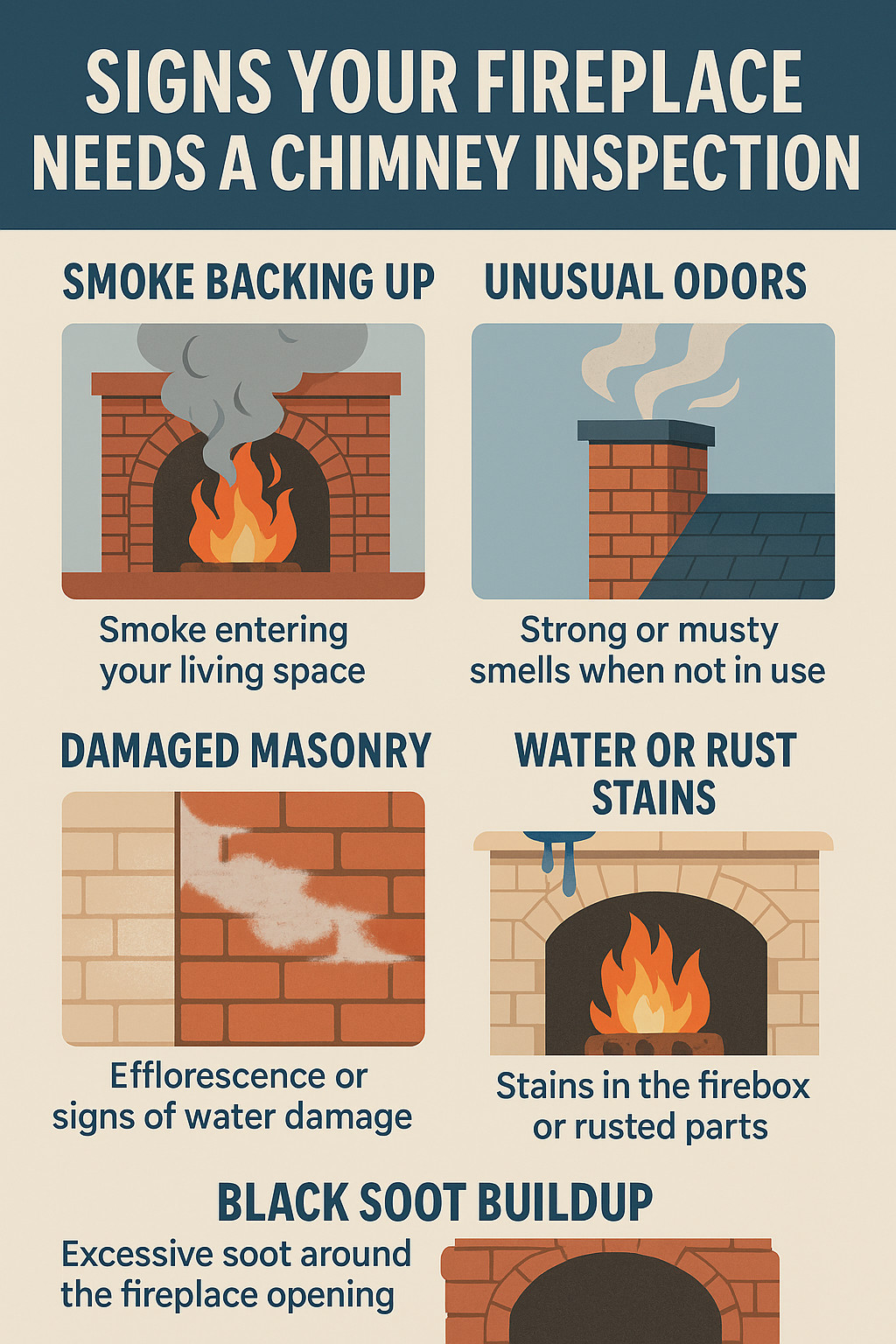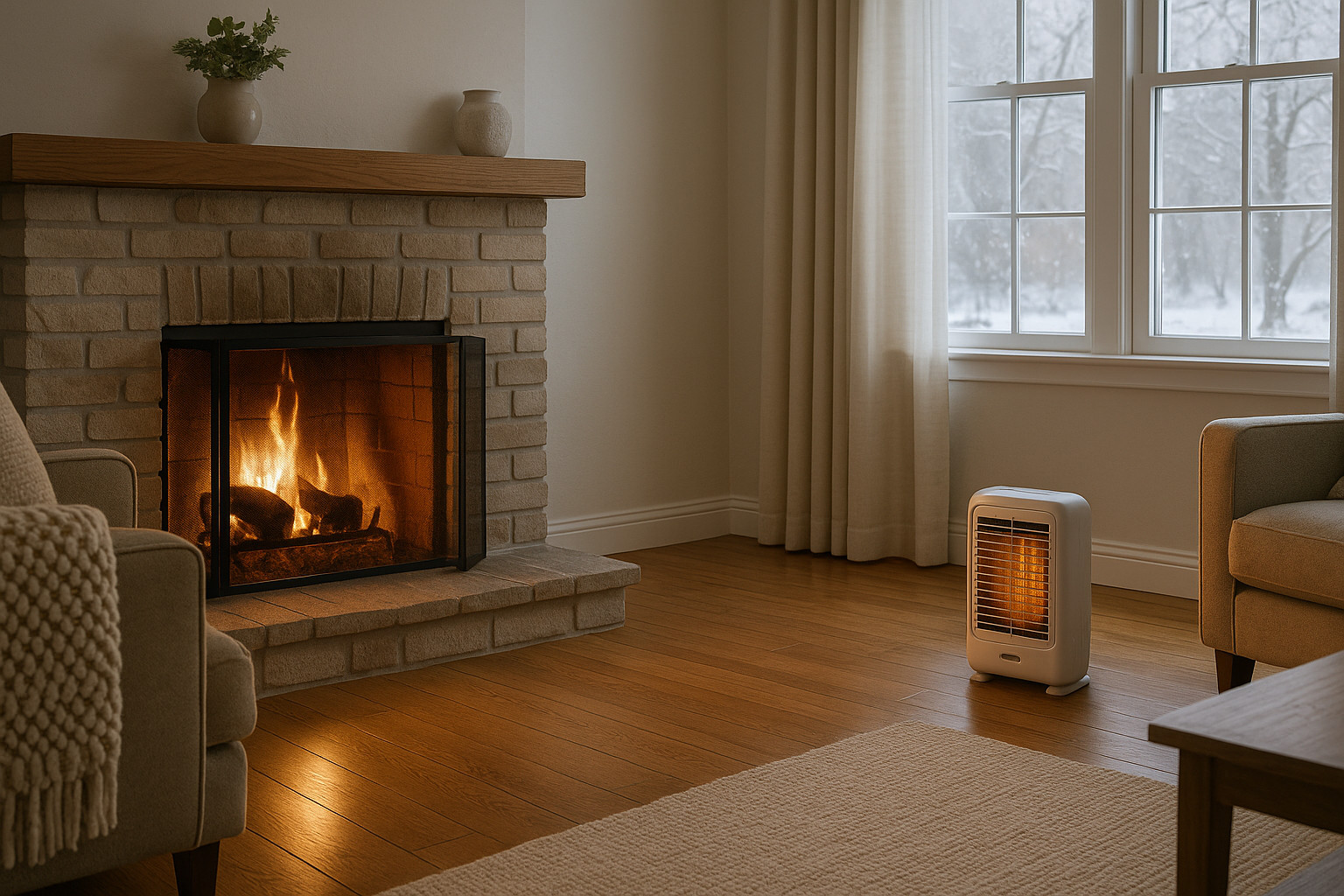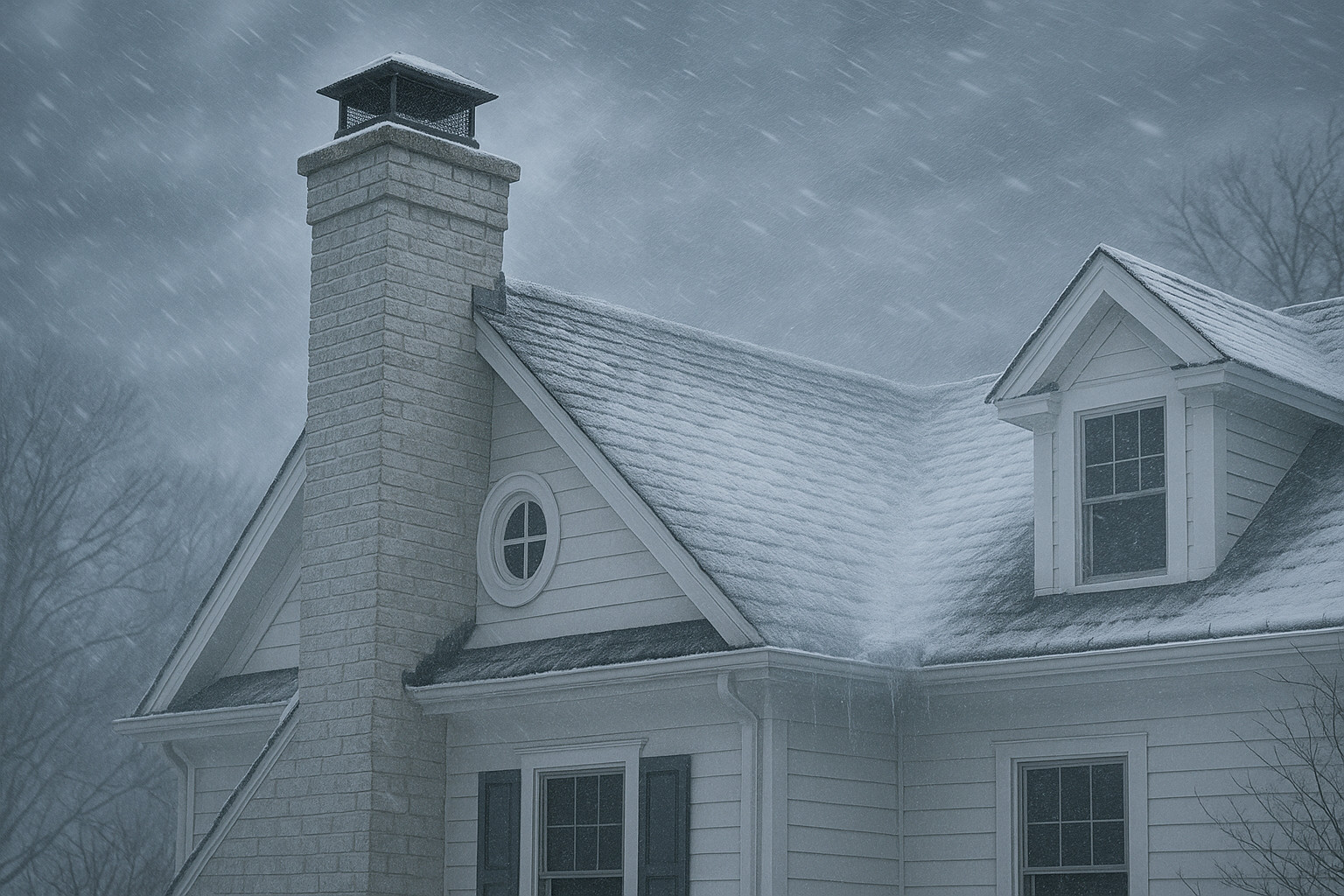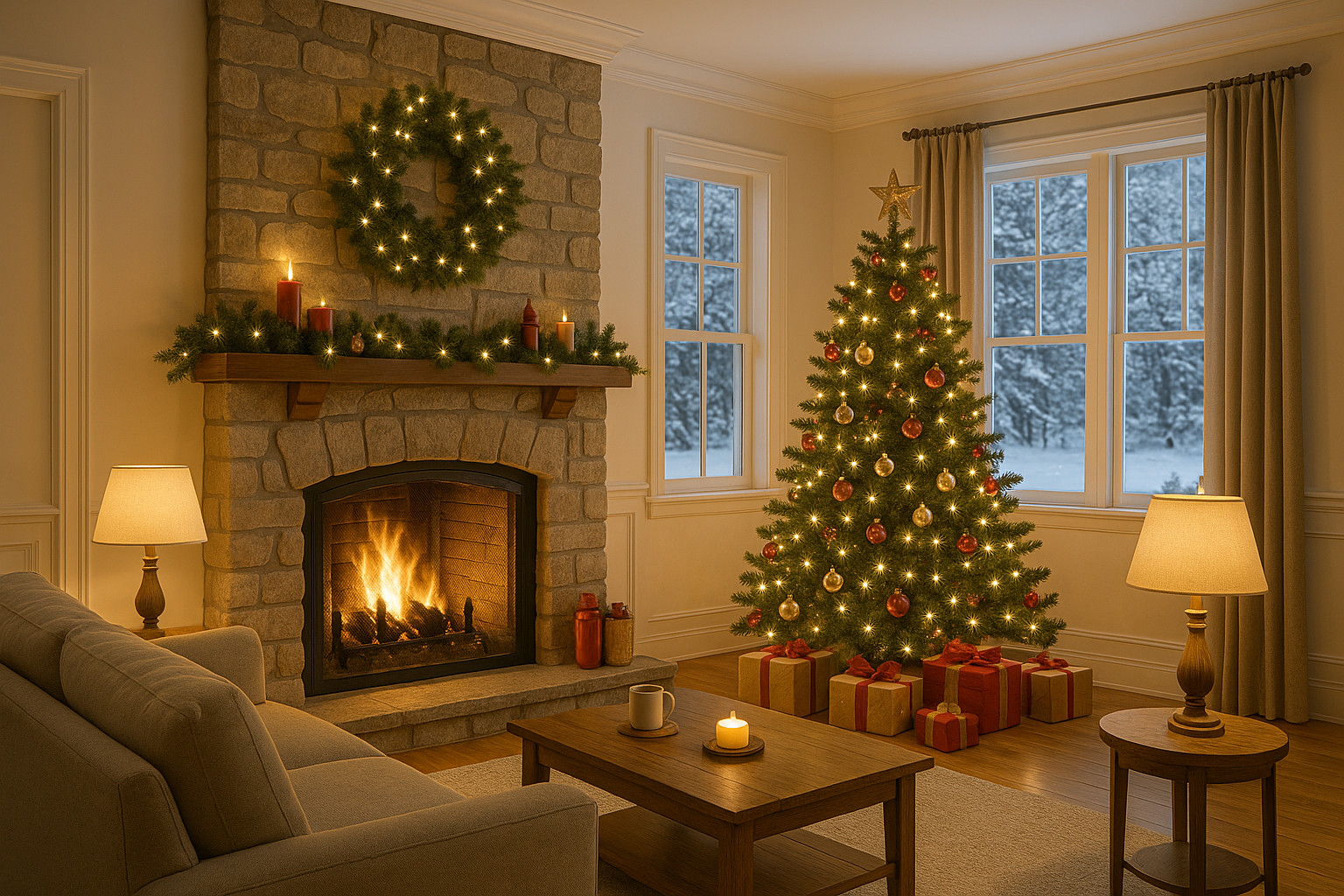Is Your Fireplace Safe? Chimney Inspection Tips for Brookfield Center, CT
A safe, cozy fire starts with a healthy chimney. In Brookfield Center, CT, annual chimney inspections are essential to prevent fires, carbon monoxide leaks, and costly damage. This guide breaks down what to look for, when to inspect, and how Certified Chimney helps keep your system safe year-round.
Share:
Table of Contents
When the cold weather hits Brookfield Center, CT, there’s nothing like gathering around a cozy fireplace. But before you light that first fire of the season, it’s important to ask: is your chimney safe? Regular chimney inspections are critical to preventing fires, reducing carbon monoxide risks, and extending the life of your chimney system. In this guide, we’ll share essential chimney inspection tips, signs of trouble to watch for, and why hiring local certified professionals is key.
Why Chimney Inspections Matter
Annual chimney inspections are recommended by the National Fire Protection Association (NFPA 211) and the Chimney Safety Institute of America (CSIA) to ensure your chimney is structurally sound, free of creosote buildup, and safe to operate. Over time, even normal use can lead to dangerous wear and tear like cracked flue liners, crumbling mortar joints, or rusted dampers.
A neglected chimney can cause:
- Carbon monoxide leaks
- Chimney fires from creosote buildup
- Water damage from deteriorated flashing or crowns
- Poor ventilation and reduced air quality
In short, chimney inspections help detect safety hazards before they turn into costly problems.
Common Issues Found During Inspections
Professional chimney inspections reveal hidden damage or buildup that may not be visible to the untrained eye. Some of the most common issues include:
Creosote Buildup
This flammable residue accumulates with every fire. A thick layer of creosote can ignite and cause a dangerous chimney fire.
Cracked Flue Liners
A compromised flue liner can allow toxic gases to escape into your home. Cracks may result from chimney fires, moisture, or settling.
Damaged Chimney Cap or Crown
The chimney cap prevents animals, rain, and debris from entering the chimney. Cracks or rust in the cap or crown can lead to water leaks and masonry deterioration.
Rusted or Stuck Dampers
If the damper doesn’t open or close properly, it can block airflow and trap smoke and carbon monoxide indoors.

What Happens During a Chimney Inspection?
Certified chimney technicians follow a multi-step process that typically includes:
- Visual inspection of chimney interior and exterior
- Checking for soot, creosote, or debris buildup
- Assessing flue liner integrity and firebox condition
- Inspecting masonry, flashing, and chase tops
- Verifying the damper’s function and seal
- Using camera inspections when necessary for in-depth evaluation
A Level 1 inspection is sufficient for regularly maintained chimneys. However, if you’ve experienced changes in usage, performance issues, or chimney fires, a more detailed Level 2 inspection may be recommended.
Warning Signs Your Chimney Needs Attention
Recognizing the early warning signs of chimney damage can help homeowners in Brookfield Center avoid costly repairs and protect their families from fire hazards and carbon monoxide exposure. If you notice any of the following chimney issues, it’s time to call a certified chimney inspection service:
- Smoke backing up into your living space: This may be caused by a flue blockage, improper damper operation, or creosote buildup obstructing airflow.
- Strong fireplace odors or musty smells: Unusual smells, especially during warm or humid weather, can indicate creosote buildup or water intrusion inside the chimney system.
- Efflorescence on brickwork: White stains on the masonry are signs of excess moisture, which can damage your chimney liner and compromise the masonry structure.
- Visible water damage or rust in the firebox: Water entering through damaged flashing, a cracked chimney crown, or a missing chimney cap can corrode metal components and weaken brick or mortar joints.
- Black soot stains around the hearth or poor draft: This can signal flue liner damage, a malfunctioning damper, or chimney blockages. It can also reduce energy efficiency and lead to poor indoor air quality.
These symptoms should never be ignored. They are clear indicators of an unsafe or deteriorating chimney system. For peace of mind and compliance with NFPA 211 chimney safety standards, homeowners should schedule a chimney inspection with a local expert like Certified Chimney.
How Often Should You Schedule a Chimney Inspection?
According to CSIA and NFPA 211, chimneys should be inspected at least once a year—even if you don’t use your fireplace frequently. Creosote can accumulate from just a few fires, and animals or weather can cause damage without your knowledge. If you use your fireplace heavily or burn soft woods, you may need more frequent inspections.
Choosing the Right Chimney Professionals in Brookfield Center
Hiring a qualified chimney technician ensures the job is done safely and thoroughly. Look for:
- CSIA certification
- Local experience in Brookfield Center and surrounding areas
- Positive customer reviews and proof of insurance
- Use of modern inspection tools like video cameras and moisture meters
At Certified Chimney, our trained specialists follow strict safety protocols and provide full-service inspections, cleaning, and chimney repairs tailored to Connecticut homes.
What Questions Should You Ask a Chimney Company?
Not all chimney service providers offer the same quality of work. To ensure you’re choosing a reliable chimney inspection company in Brookfield Center, ask these essential questions:
- Are your technicians CSIA-certified? This ensures they follow industry safety standards and best practices.
- Do you include chimney cap, crown, and flashing inspections in every visit? These areas are often prone to leaks and structural issues.
- Will I receive a detailed inspection report? A written summary with photos gives you proof of findings and makes future maintenance easier.
- What chimney repair services do you offer in case something is wrong? Choose a provider that handles everything from flue liner repairs to chimney crown sealing.
- Can you provide before-and-after photos of past work? This shows professionalism, transparency, and the ability to document their work.
A reputable local chimney sweep will answer confidently and provide clear expectations up front. Asking the right questions helps ensure your chimney system is safe, compliant, and well maintained.
The Cost of a Chimney Inspection in Brookfield Center, CT
In Brookfield Center, chimney inspections typically range from $125 to $300 depending on the chimney’s condition, size, and whether a Level 2 inspection is needed. Investing in a proper inspection now can prevent thousands of dollars in fire or water damage repairs later.
Final Thoughts: Don’t Gamble with Fireplace Safety
Your fireplace should be a source of warmth and comfort—not a hidden fire hazard. By scheduling a professional chimney inspection each year, you’ll protect your home, improve air quality, and gain peace of mind.
Contact Certified Chimney today to schedule your inspection in Brookfield Center, CT. We’re committed to keeping your chimney safe, clean, and ready for every firelit evening ahead.
Article details:
- Published by:
- Certified Chimney CT
- Published to:
- Last modified:
- July 27, 2025
Share:
Continue learning:



